Crassula Buddha’s Temple Tissue Culture
$7.74
Crassula Buddha’s Temple plant is lucky, is a small succulent perennial plant native to the Eastern Cape province of South Africa, and the KwaZulu -Natal district of South Africa; it’s also commonly known as an indoor plant worldwide. It is hardy and grows well in most indoor conditions, although in the wild it can grow up to one meter tall.
Out of stock
SKU: CRSBUD800105T
Category: Tissue culture
Crassula Buddha’s Temple Uses and Health Benefits:-
- Crassula Buddha’s Temple plant is not hardy. It will survive in a wide variety of indoor and outdoor situations; however, it tends to prefer a shady area of its environment, preferably in a warm area of the house. Crassula is used for decoration and plant decoration and is sometimes used as a substitute for other indoor decorations. The leaves are long and upright; they grow up to three inches long, depending on the species. In some species, the leaf stalk extends down the plant to its base, so that it forms a thick crown.
- Crassula Buddha’s Temple plants can be found in a variety of shapes and sizes, but the most commonly used ones are the following: the small, rounded leaves; a heart-shaped cluster of leaves with spines on the petals; and the leaves that are shaped like “L” s with a small flower in between. Crassulas are most commonly found growing indoors and are not commonly planted outdoors. They are used to decorate windowsills and wallpaper.
- Crassula Buddha’s Temple plants can also be used in conjunction with other indoor plants to create a more natural look. You can combine a small Crassula plant with a climbing plant such as Chinese Evergreen (Echium China), a small succulent perennial plant that grows fast and requires little attention; the combined plants produce large blooms that attract butterflies. Crassulas have been used in South African traditional medicine for thousands of years and are very easy to grow. You do not have to use a specific pH balance for your Crassulas. As long as the soil contains good nutrients, they do well. They can be grown with any soil type, although the best soil is made with sand and fertilizer because that is what Crassula plants love.
- Crassula Buddha’s Temple plants need to be planted at least six to ten inches deep. The best soil for growing Crassulas is made of sand and fertilizer. Once you have planted them, keep them watered and well-maintained. If you wish to change the soil mix, do so only every few months, especially if your soil is sandy or loose.
- A Crassula Buddha’s Temple plant is not hard to grow, however, you will need some basic knowledge of the plant and gardening in general before you plant a Crassula. This plant is quite delicate, so do not plant it near heat lamps or near a window or in a sunny part of the room. Crassulas are usually do not tolerate temperatures above seventy degrees Fahrenheit.
- Crassula Buddha’s Temple plants should be pruned frequently to keep them from becoming overcrowded. Pruning should be done after each bloom because the flower buds become crowded and the plant becomes weaker. Once pruning, you should prune again about four to six weeks later.
- In case you are trying to transplant a Crassula Buddha’s Temple plant to another location, be sure to carefully dig the hole before digging the soil. Then spread the Crassula roots into the hole. Do not put the Crassula directly into the soil. Make sure you leave the soil outside of the crassula’s hole, not over the plant’s.
- Watering the Crassula plant is also important since the plant will need it for survival. It needs about six inches of water per week and should be watered in the morning, or just before you remove the plant. To provide more shade, you can try placing a hanging basket under the Crassula plant to prevent the leaves from getting too much sun.
- Crassulas are very forgiving and will self-medicate if they are not properly cared for. If you plant Crassulas near a window, you should prune the plants and water them once a month.
Be the first to review “Crassula Buddha’s Temple Tissue Culture” Cancel reply
Related products
Tissue culture
$7.53
Tissue culture
$7.74
Tissue culture
$9.33
Tissue culture
$7.38
Tissue culture
$6.87
Tissue culture
$7.74
Tissue culture
$9.33
Tissue culture
$7.74

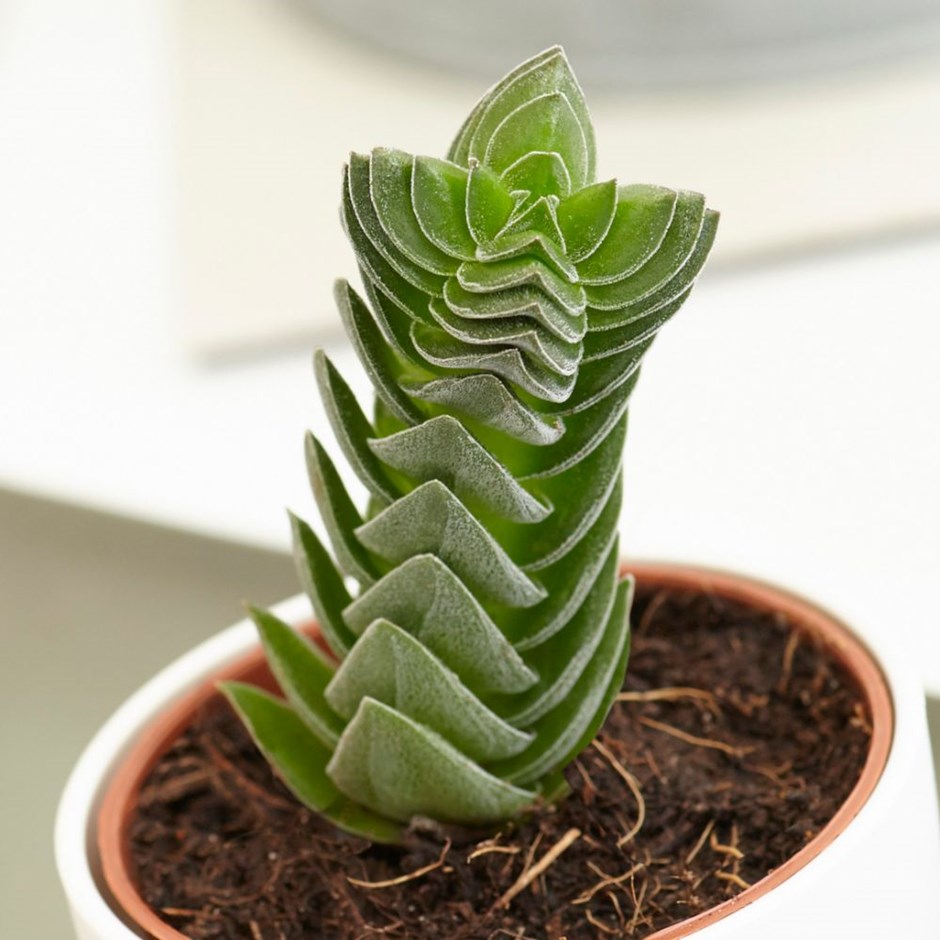

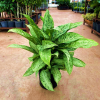
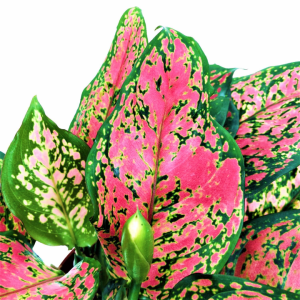
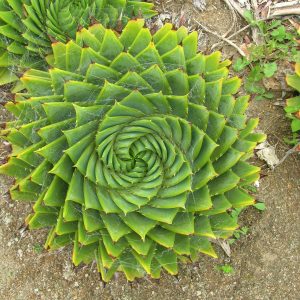
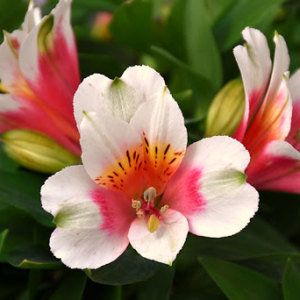
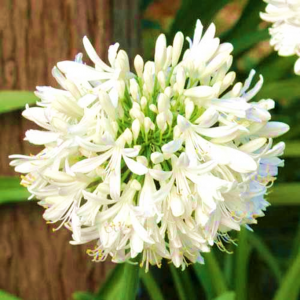
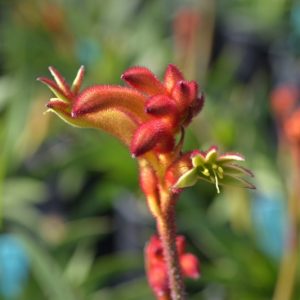
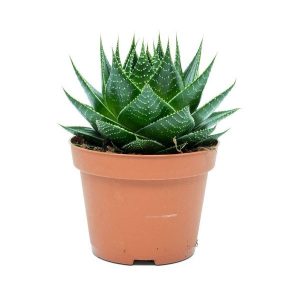
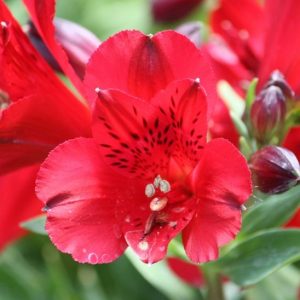
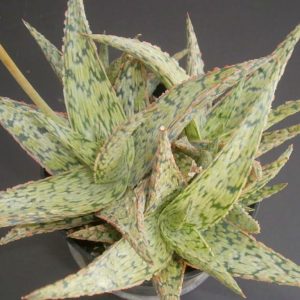
Reviews
There are no reviews yet.